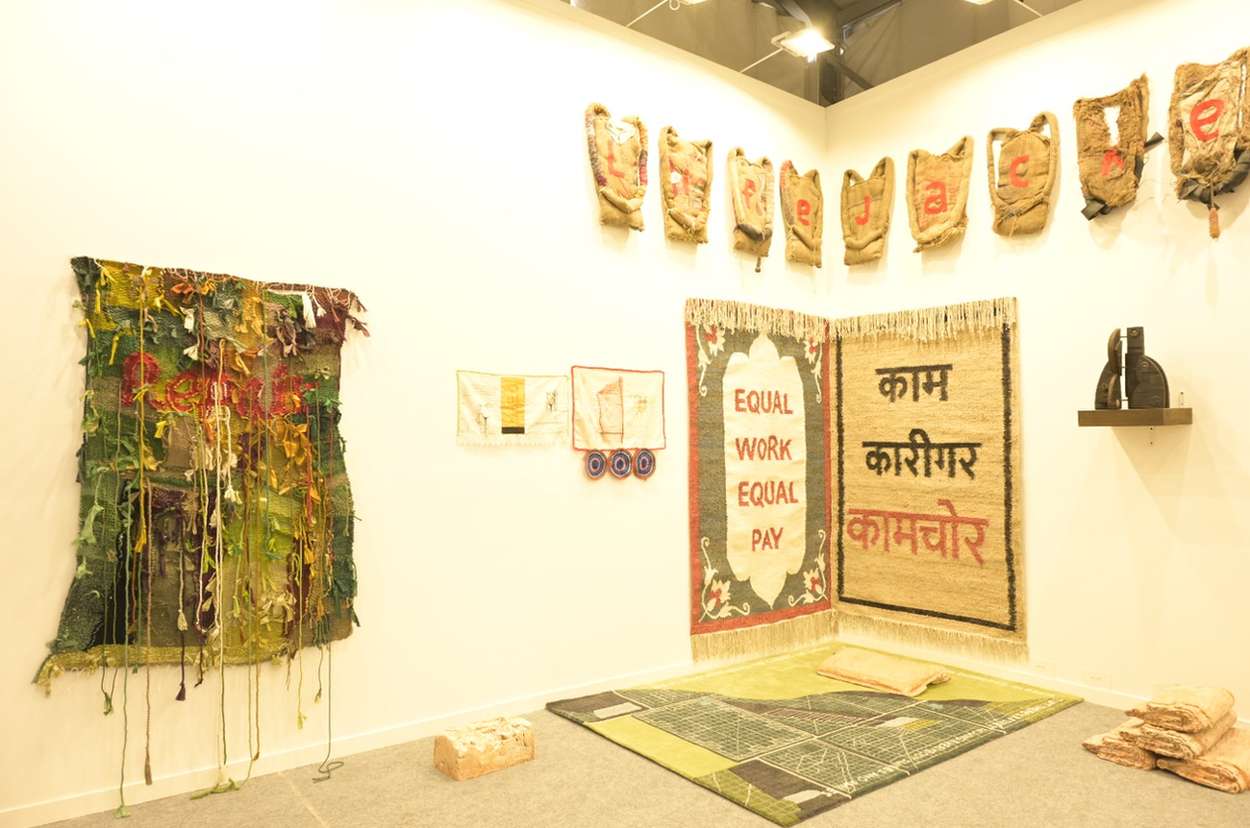
Image Credit - Hyperglot Review
Founded in 2003, Gallery Art & Soul is in the heart of Bombay presenting Indian modern and contemporary arts. The gallery was established by Dr. Tarana Khubchandani as an extension of her non-profit endeavours. The gallery has followed a worldwide and national discourse on aesthetic syncretism, producing exhibitions that are diverse in genre, materiality, and philosophical thought across art history.
Since its inception, Gallery Art & Soul has organised brilliant salon exhibitions and galas to assist breast cancer charities. Syed Haider Raza, Abdul Aziz Raiba, Krishna Reddy, Rabin Mondal, Lalitha Lajmi, Vasant Wankhede, Manu Parekh, Subhash Awchat, Vilas Shinde, Jinsook, Ankit Patel, Sujata Bajaj, Seema Kohli, Vinita Karim, Yashwant Deshmukh, and numerous more artists have had solo exhibitions and retrospectives there. The gallery has collaborated in hosting exhibitions with the National Gallery of Art, Mumbai, India Art Fair, India Habitat Center, CSMVS Museum, Mumbai, Jehangir Art Gallery, Sir JJ School of Art, Clark House Initiative, Kasturbhai Lalbhai Museum, India Art Festival, and The Royal Opera House.
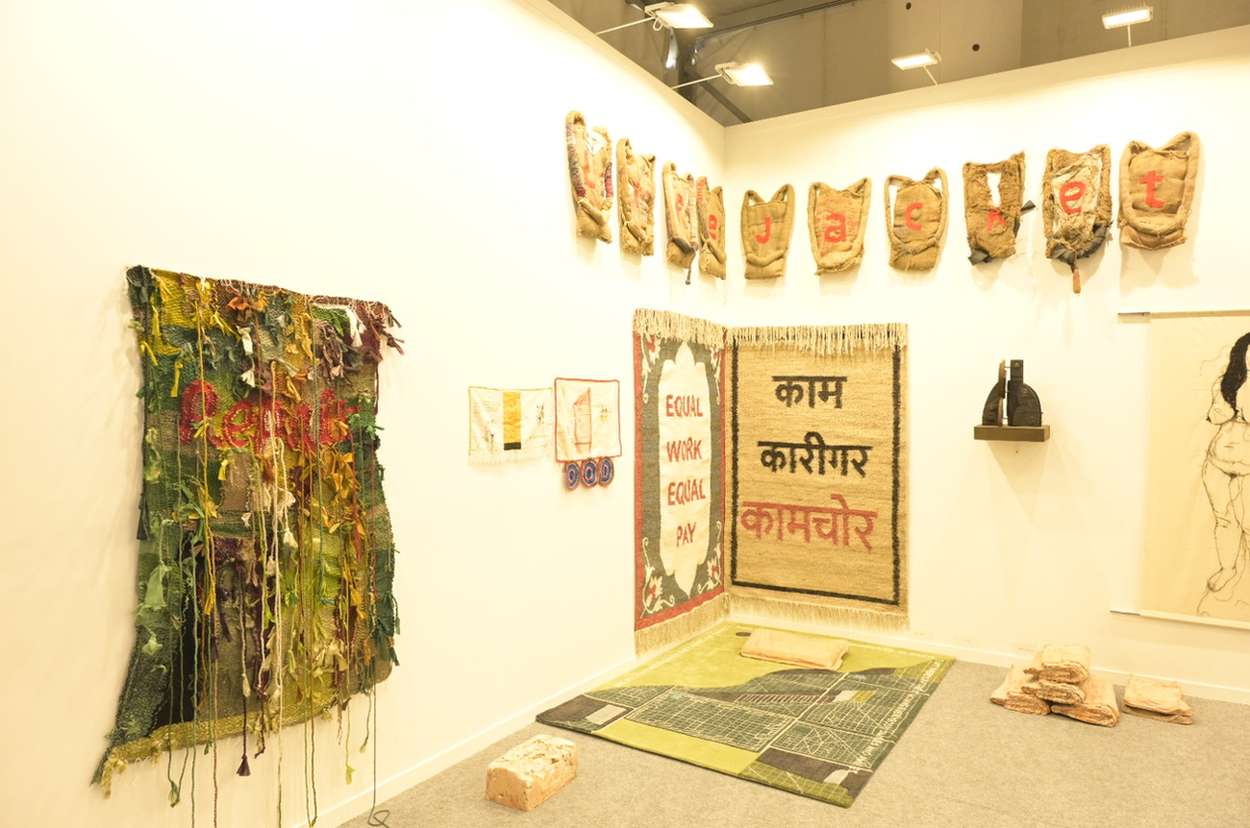
Image Credit - Hyperglot Review
Mayuri Chari
Mayuri Chari is a Goa-born artist who uses embroidery to record dialogues she has with her body about its existence in time and space. The female body is frequently a topic of discussion, control, criticism, and violence within India's patriarchal social system. According to colonial-era Victorian standards that have since been appropriated into a neo-fascist moral code that emphasises derivation from indigenous values drawn from old religious texts, public displays of nudity are discouraged. She mocks the hypocrisy of traditions which exclude women from their homes during their menstrual cycles because they are viewed as dirty while cow dung cakes are used as fuel and in religious ceremonies to purify oneself since it is deemed pure.
For millennia, Indian miniatures have consistently portrayed sensual forms and varied facets of nudity, especially when incorporated into the history and narrative of a nation or culture. She was rejected from a museum exhibition where the exclusion of a budding young artist was justified by the nudity in her works. Her stitched pieces in a different group show called Outsider praised the body of a woman who would have been the target of body shaming. The venue's proprietors urged her to take the piece down, but she chose to cover it with a black curtain that read, "Don't open. I am Nude Inside."
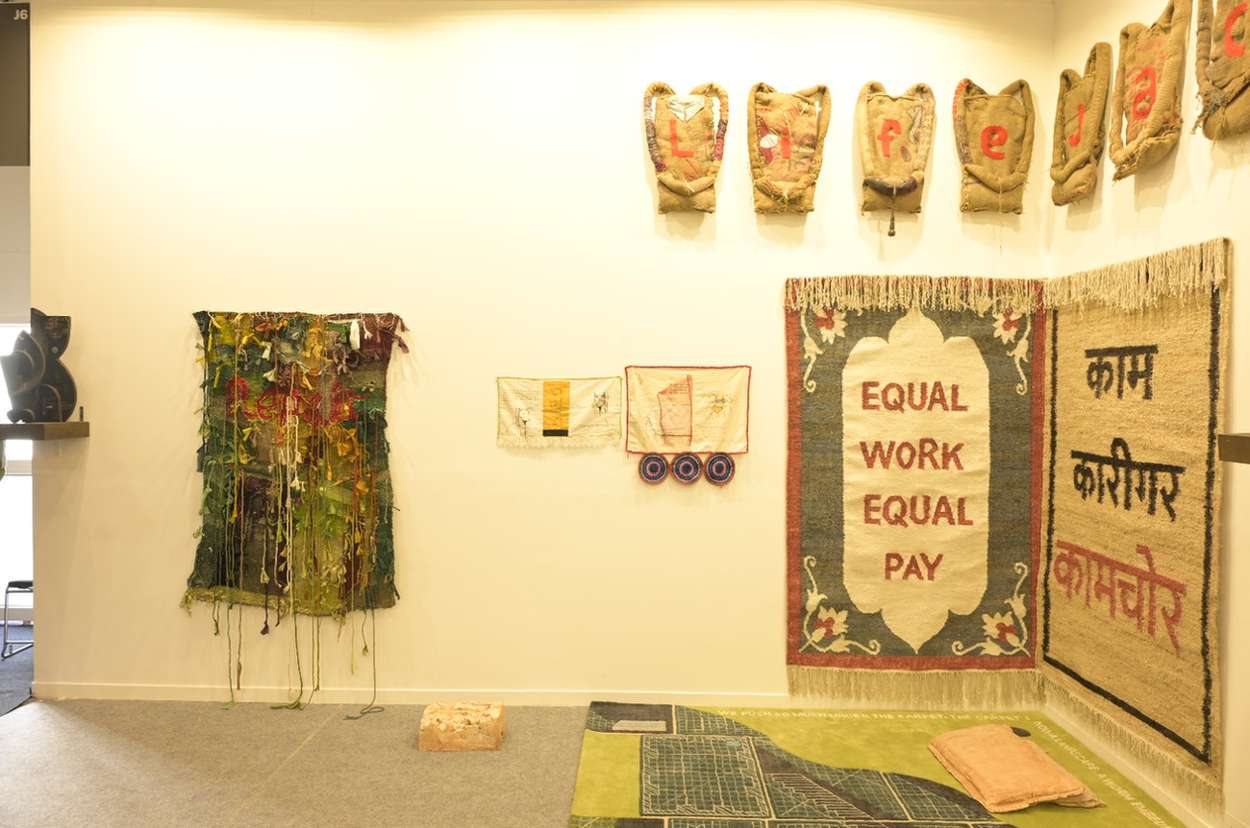
Image Credit - Hyperglot Review
Upendra Ram
Upendra Ram portrays these childhood experiences in his works which have shaped his artistic expressions to a great extent. As a toddler, he would construct dolls out of clay from the town pond, much to his mother's dismay, who considered it as a feminine preoccupation. It was because of his uncle in Patna, who had witnessed the reverence for artists in the city with ancient roots and an enviable cultural heritage, that Ram's perception about his artform gradually underwent a transformation. When a string is tied to a dragonfly, it serves as a reminder of the desire to soar that most children in rural India share. He delves into the rituals and contradictions of rural faith and sacrifice by depicting a butchered pig and a weeping woman in his works.
Upendra Ram's unique addition to Indian ceramics is the illustrated tale, which deviates from the aesthetic and emphasises the need for function in the objects. Rather, it is sculptural, conceptual, and heavily influenced by form and narrative experimentation.
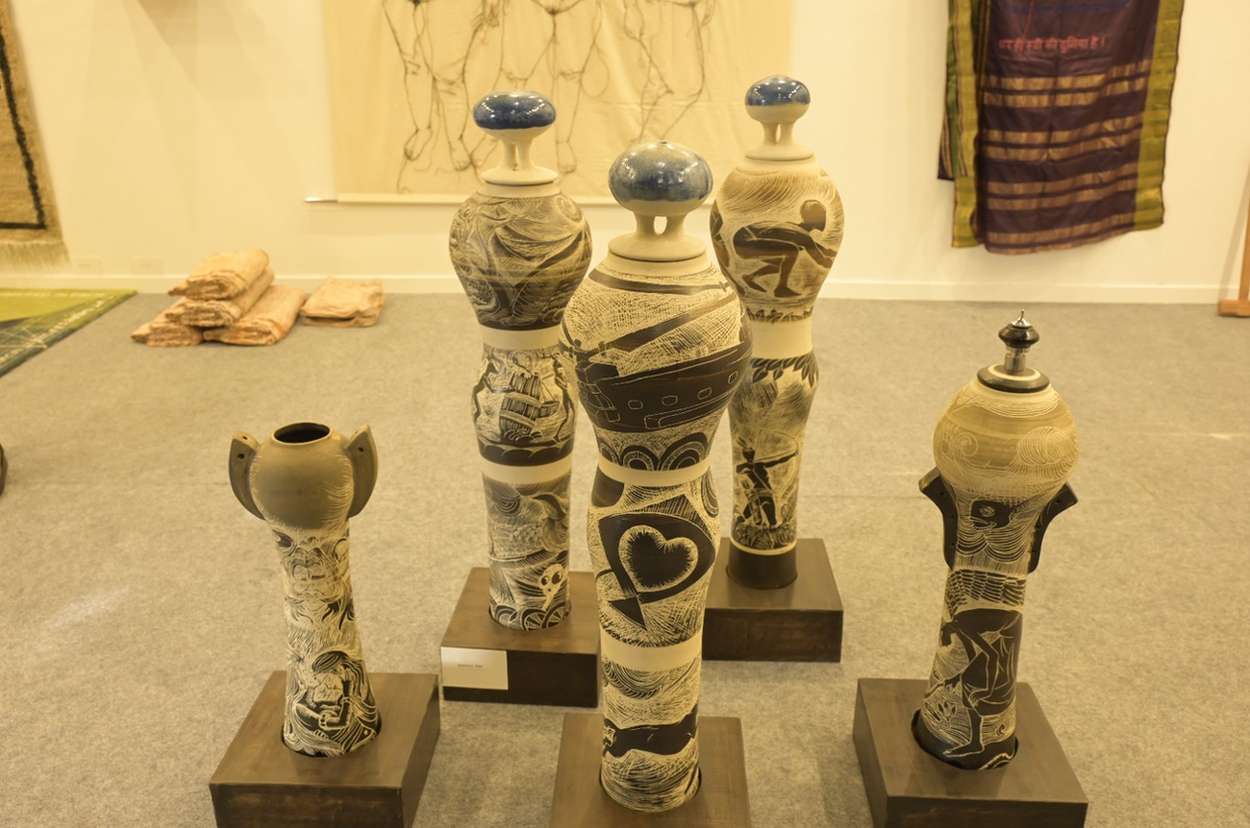
Image Credit - Hyperglot Review

Image Credit - Hyperglot Review
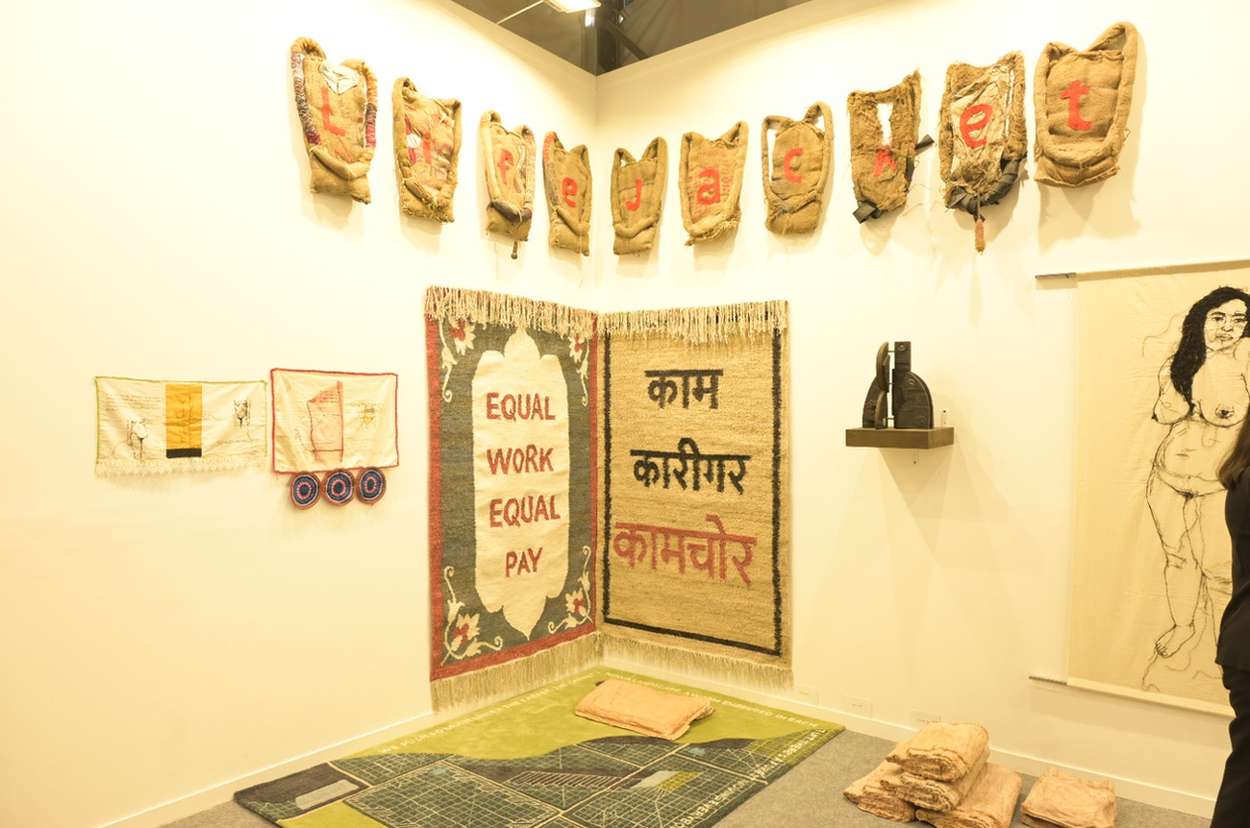
Image Credit - Hyperglot Review